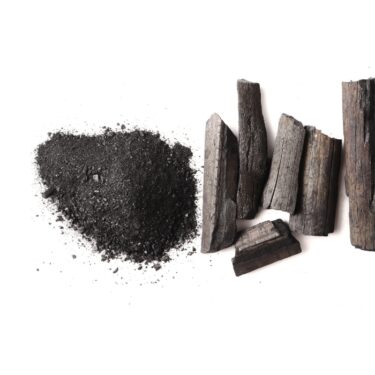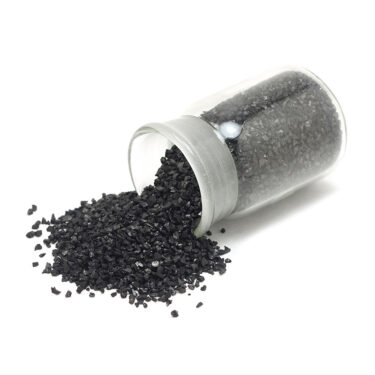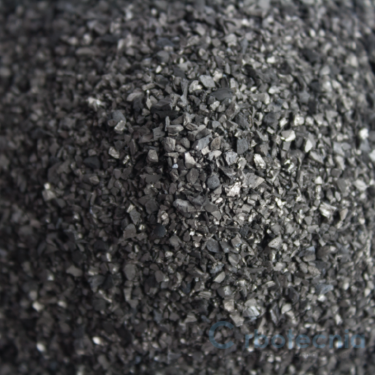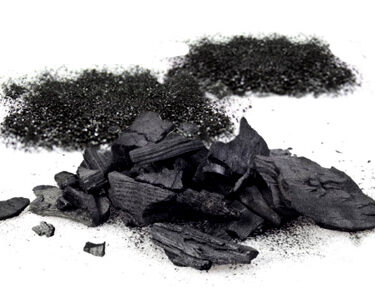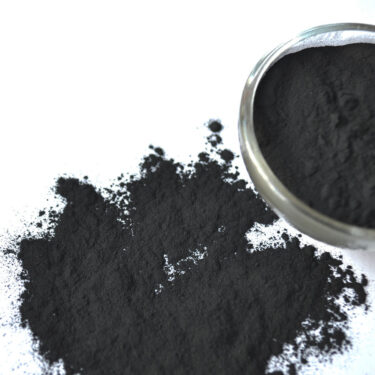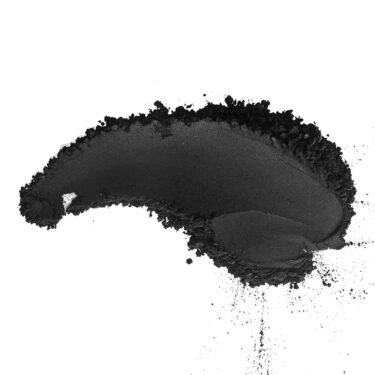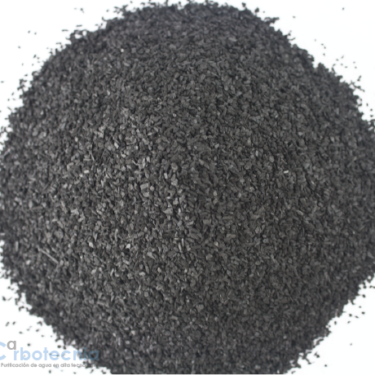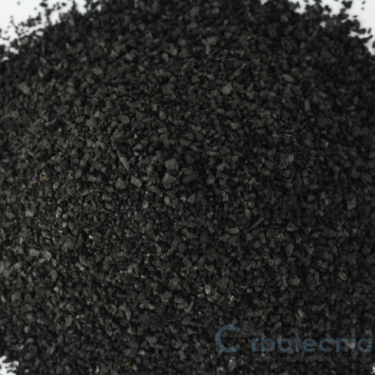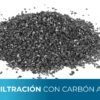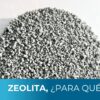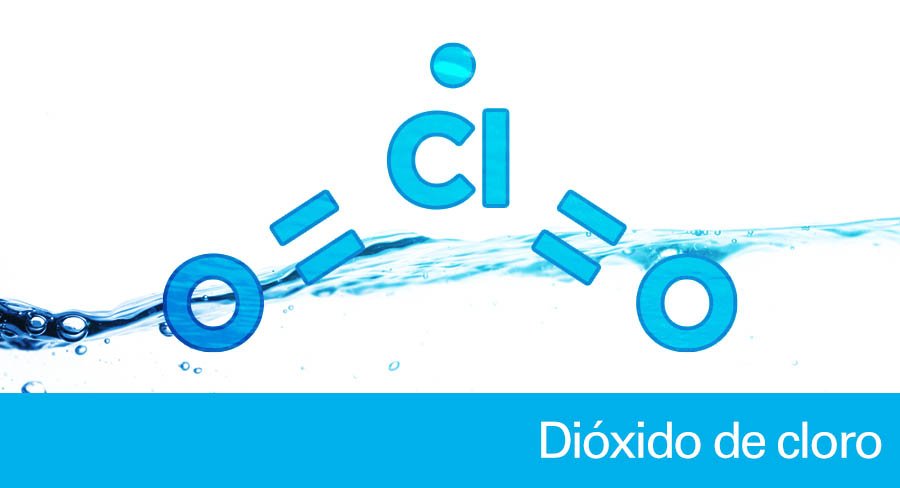
Chlorine dioxide
In its pure state, chlorine dioxide (ClO2) is a reddish-yellow gas at ambient conditions. Its odor is similar to chlorine, reminiscent of nitric acid. Its solubility in water at atmospheric pressure and 25°C is close to 3 g/L (≈ 3000 ppm).
It is highly oxidizing and reacts violently with organic materials. In its gaseous state, at concentrations above 10% in air at atmospheric pressure, it detonates easily in the presence of sunlight, heat or in contact with mercury, phosphorus, potassium hydroxide, sulfur, mercury or carbon monoxide.
Physical properties of chlorine dioxide
Molecular weight: 66.96 g/gmol
Melting point: -59°C
Boiling point: 11°C
Density in liquid state at 0°C: 1.642 g/mL
Potential short-term health effects
By ingestion
No cases of significant health effects from ingestion have been reported. Toxicity levels by ingestion:
Oral LD50: 250 mg/kg-day, for 14 days.
Oral FEL (frank effect level): 27 mg/kg-day.
Oral LOAEL (lowest level at which adverse effects are observed): 13 mg/kg-day.
Oral NOAEL (no observable adverse effect level): 3 mg/kg-day.
By inhalation
Severe respiratory irritant. May cause bronchospasm and pulmonary edema, although not immediately. It can also cause severe headache. All symptoms may be delayed and persistent. Long-term exposure may cause chronic bronchitis.
Exposure limits set by the American Conference of Governmental Industrial Hygienists (ACGIH) 1992-93:
- Time-Weighted Average (TWA) (recommended exposure limit in air averaged over an 8-hour work shift): 0.1 ppm (2.76 mg / m3).
- Short-Term Exposure Limit (STEL): 0.3 ppm (8.3 mg/m3).
Carcinogenic effects
Not considered carcinogenic. Not listed by IARC (International Agency for Research on Cancer) or ACGIH (American Conference of Governmental Industrial Hygienists).
Mutagenic effects
Information not available.
Reproductive effects
Information not available
Teratogenic and fetotoxicity effects
Information not available.
Synergistic materials: may have synergistic effects in conjunction with chlorine, other chlorine oxides and chlorine fluorine compounds.
Chlorine dioxide in aqueous solution
When chlorine dioxide is dissolved in water, most of it does not hydrolyze: it remains as a dissolved gas in solution. Another part does, and forms both chlorite ion (ClO2–) and chlorate ion (ClO3–).
The solubility of chlorine dioxide in water at sea level and at 25°C is close to 3 g/L (≈ 3000 ppm). Its solubility increases at lower temperatures. Therefore, when its concentration is higher than 3 grams per liter, it is common to store it at temperatures close to 5 °C.
Dissolved in pure water, in a hermetically sealed container, in the absence of light, and at low temperature, it is quite stable although it slowly decomposes into chlorine and oxygen. Chlorides catalyze their decomposition.
Chlorine dioxide as a biocide
Chlorine dioxide exerts a biocidal function by oxidation.
Compound |
Oxidation potential (volts) |
Hydroxyl radicals (OH) |
2.80 |
Molecular chlorine |
1.36 |
hypochlorous acid (so-called “free chlorine”) |
1.49 |
Ozone |
2.07 |
Hydrogen peroxide |
1.78 |
Chlorite ion |
1.57 |
Chlorine dioxide |
0.95 |
It is effective at pH values between 4 and 10. Its low oxidation potential does not allow it to oxidize organic compounds, i.e. it does not break C-C or C-H bonds. Therefore, unlike free chlorine, it does not form chlorinated organic compounds as disinfection by-products (some of these, such as trihalomethanes, are carcinogenic). It only reacts when it encounters atoms willing to donate electrons (i.e. to undergo oxidation), which are common in proteins that are part of exogenous microorganisms.
Chlorine dioxide does not react with ammonia (NH3) or ammonium hydroxide (NH4OH) and hardly reacts with elemental amines.
Although the chemistry of chlorine dioxide in aqueous solution has not been fully studied, the results of scientific studies have been sufficient for health authorities around the world to include it as one of the oxidizing compounds permitted for disinfecting water for drinking water treatment.
Bibliography:
- Budavari, S. (Ed.), The Merk Index, 12th Ed., Merck Research Laboratories, N.J., 1996.
- DeZuane, J., Handbook of Drinking Water Quality2nd Ed., Wiley, N.Y., 1997.
- Lide, D. (Ed.), CRC Handbook of Chemistry and Physics82nd Ed., N.Y. 2001.
- S. Department of Health and Human Services, NIOSH Pocket Guide to Chemical Hazards, Washington D.C., 2003.
- Clordisys Solutions Inc,ChlorineDioxide Gas Safety Data Sheet, 2015 (https://ecosensecompany.com/wp-content/uploads/2016/09/ClorDiSys-SDS-Chlorine-Dioxide-Gas.pdf)
- Lenntech, Sodium Chlorite Disinfectants(https://www.lenntech.es/procesos/desinfeccion/quimica/desinfectantes-dioxido-de-cloro.htm#:~:text=When%20the%20di%20di%C3%B3oxide%20of%20chlorine%20chlorine%20turns%20gas).
- LabChem, Sodium Chlorite 80% Safety Data Sheet(http://www.labchem.com/tools/msds/msds/LC23620.pdf)
- Extension Toxicology Network, Sodium Chlorate, (http://pmep.cce.cornell.edu/profiles/extoxnet/pyrethrins-ziram/sodium-chlorate-ext.html#:~:text=The%20acute%20oral%20LD50%20for,kg%20for%20rabbits%20(6).)
- Lenntech, Chlorine dioxide, (https://www.lenntech.es/dioxido-de-cloro.htm) .
- INSST, NTP 244: Assessment Criteria in Industrial Hygiene (https://www.insst.es/documents/94886/327166/ntp_244.pdf/b853aaf2-955b-41d7-b021-7bd702ecdd9d)
- National Library of Medicine, PubChem, Chlorine Dioxide Compound Summary, (https://pubchem.ncbi.nlm.nih.gov/compound/Chlorine-dioxide)
- Lenntech, Disinfectants Chlorine Dioxide, (https://www.lenntech.es/procesos/desinfeccion/quimica/desinfectantes-dioxido-de-cloro.htm#:~:text=The%20di%C3%B3oxide%20of%20chlorine%20oxide,%20reduced%20to%20chloride%20ions.&text=It%20can%20be%20found%20to%20be%20also%20reduced%20to%20chlorite%20and%20chlorite%20are%20oxidizing%20agents).
Share:
If you need more information, please contact us.
Some products that may interest you
-
AA-3 Activated carbon to reduce color and flavor in tequila and other distilled spirits
Add to quote -
Micro K Coconut shell activated carbon
Add to quote -
Micro 4 LF Coconut shell activated carbon free of fines
Add to quote -
Megapol C – Wood powder activated carbon
Add to quote -
Megapol E – Wood powdered activated charcoal
Add to quote -
Micropol 4 200 – Coconut shell powdered activated carbon
Add to quote -
Mega – Wood granular activated carbon
Add to quote -
Gama L – Lignite coal mineral activated carbon
Add to quote


